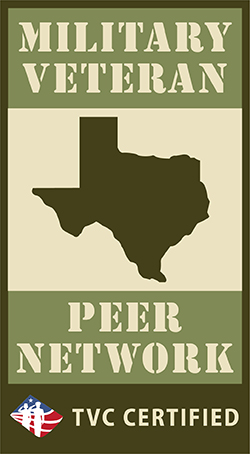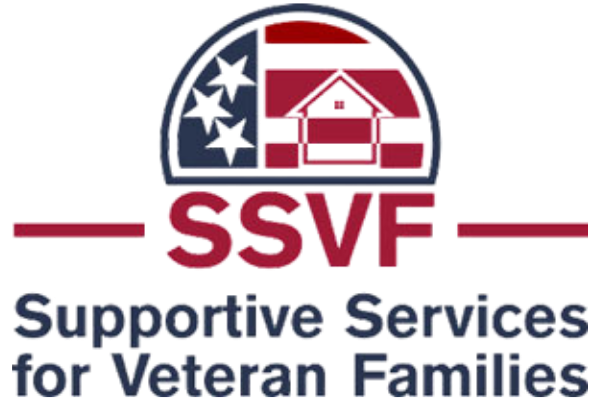Serving Those
Who Served

Military Veterans Peer Network (MVPN) assists service members, veterans, and their families (SMVF) who have experienced trauma or mental health needs by connecting them to a network of peers and services who can help navigate those experiences and develop resiliency through trust, camaraderie, and hope. MVPN assists justice-involved veterans to identify resources in our service delivery area.
Program Qualifications: MVPN assists service members, veterans, and their families (SMVF).
Qualification Definitions:
Service members – Active-duty military service members, including those on active-duty for Reserve or National Guard activation orders, and Reserve and National Guard members.
Veteran – Head of household with one (1) day of active duty US military service with no dishonorable discharges or general court-martials. Veterans with entry-level separation should be able to document service-connected disabilities. Special court-martials are considered on a case-by-case basis.
Family members – Spouse, children, and parents of veterans.

Supportive Services for Veteran Families (SSVF) offers eligible veterans with supportive services to improve their access to housing first, housing being the key to long-term success in education, employment, and other achievements. Services include housing counseling, temporary financial assistance for housing stability, and case management.
Program Qualifications: SSVF services veterans with very low-income experiencing imminent or immediate homelessness and who can achieve housing in 90 days through a veteran’s individual success plan.
Qualification Definitions:
Veteran – Head of household with one (1) day of active duty in US military service with no dishonorable discharges or general court-martials. Veterans with entry-level separation should be able to document service-connected disabilities. Special court-martials are considered on a case-by-case basis.
Very low-income – Less than 50% of the Area Median Income (AMI; as determined by SSVF program staff using a standard measure).
Imminently homeless – Facing imminent (less than 30 days) eviction from your regular night-time residence. Imminently homeless are prioritized based on a standard homeless prevention screening score. Veterans below the threshold score do not qualify.
Literally homeless – Living in an emergency shelter or a place not meant for human habitation (as determined by SSVF program staff).
Veteran’s Individual Success Plan – Veteran must be able to demonstrate housing stability planning within 90 days of program enrollment and work towards obtaining their individual goals of housing stability.

Homeless Veterans Reintegration Program (HVRP) assists eligible veterans prepare to work towards long-term housing solutions and individual success through gainful employment and job-readiness training. Services include employment counseling, temporary financial assistance for employment stability and training, and case management.
Program Qualifications. HVPR services veterans with low-income experiencing imminent or immediate homelessness and who can achieve employment in 90 days through a veteran’s individual success plan.
Qualification Definitions:
Veteran – Head of household with one (1) day of active duty in US military service with no dishonorable discharges or general court martials. Veterans with entry-level separation should be able to document service-connected disability.
Imminently homelessness – Facing imminent (within 60 days) eviction from your regular night-time residence.
Literally homelessness – Living in an emergency shelter or a place not meant for human habitation (as determined by HVRP program staff) or facing eviction within 14 days.
Veteran’s Individualized Success Plan – Veteran must be able to demonstrate employment stability planning within 90 days of program enrollment.
